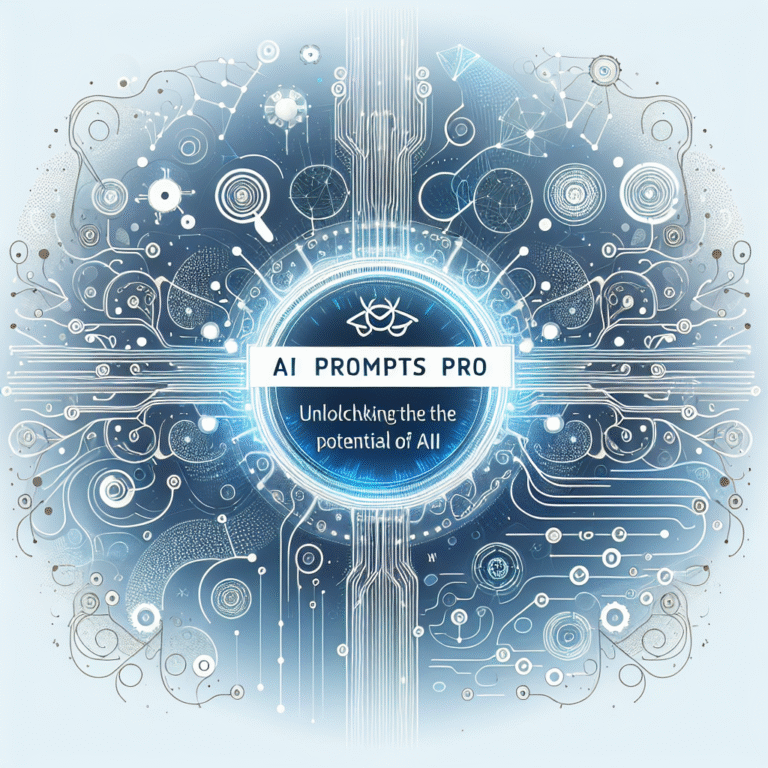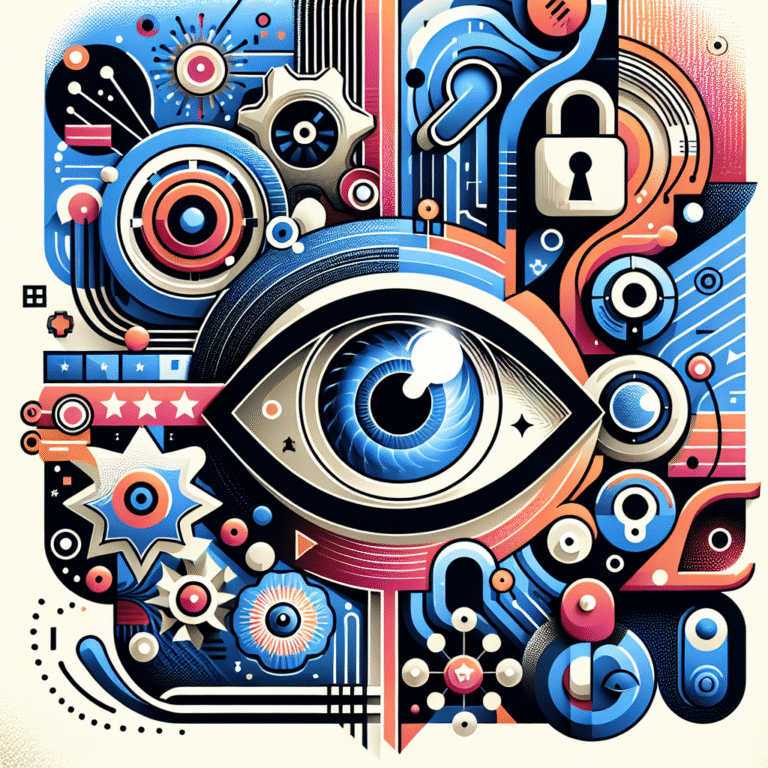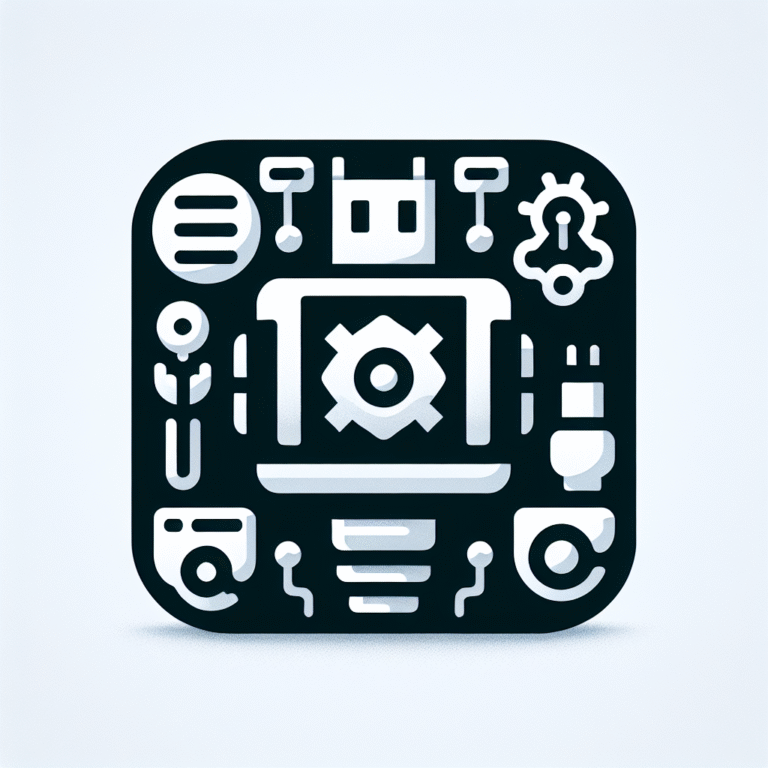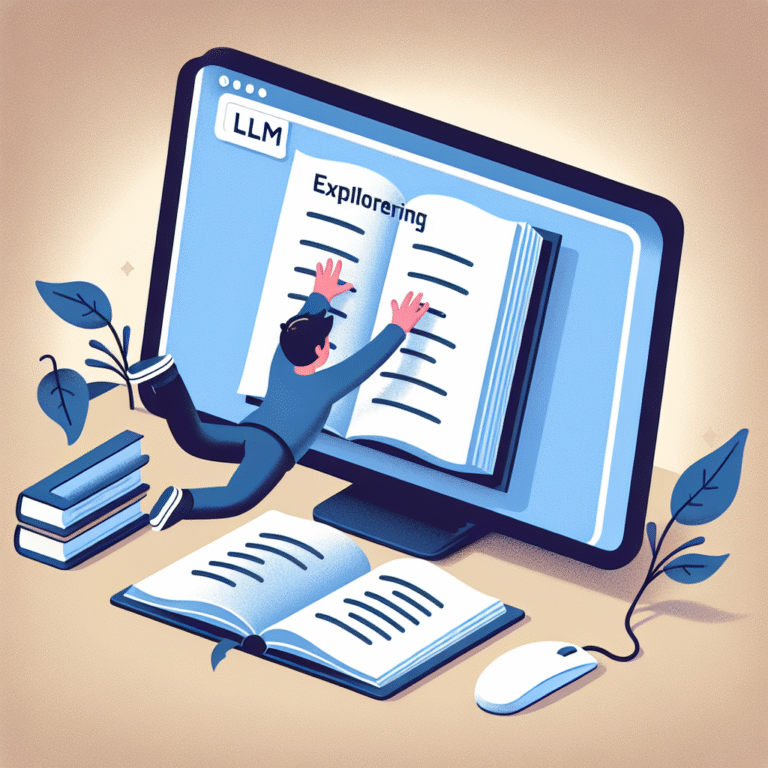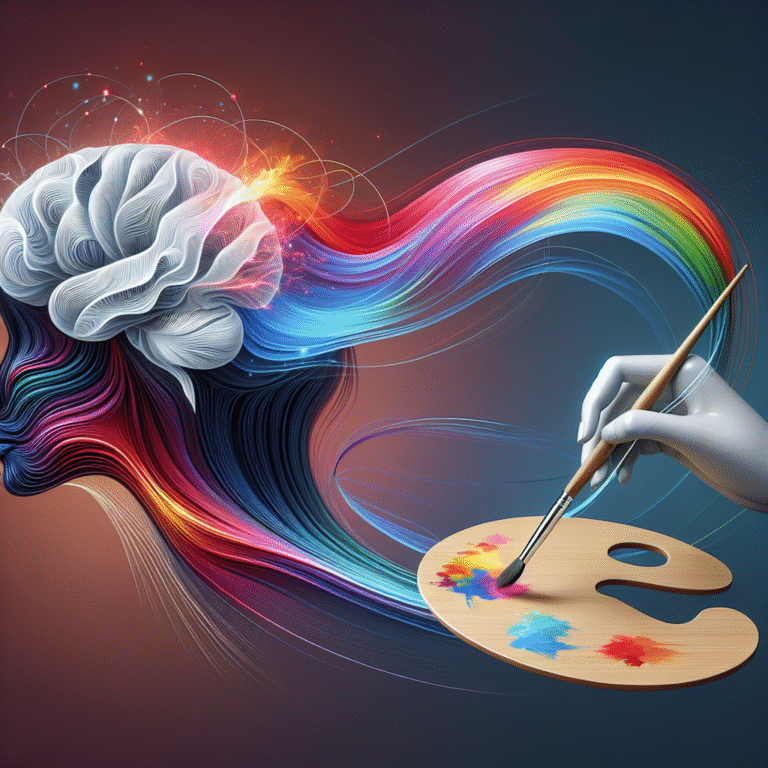Exploring the Boundless World of AI Art Ideas
p>AI art ideas have revolutionized the way we perceive and create art, offering a myriad of possibilities that were previously unimaginable. The integration of artificial intelligence into the art world has not only expanded the creative palette for artists but has also opened up new avenues for innovation, experimentation, and expression. From generating realistic images and videos to creating immersive experiences, AI has become an indispensable tool for artists, designers, and creators alike. The applications of AI in art are vast and diverse, ranging from digital painting and sculpture to music composition and performance art. One of the most compelling aspects of AI art is its ability to learn from existing styles and generate new ones, effectively blurring the line between human and machine creativity. For instance, AI algorithms can analyze the works of renowned artists and then produce original pieces that capture the essence of those styles, yet introduce novel elements and perspectives. This capability has sparked intense debate about the role of AI in art, with some viewing it as a tool that enhances human creativity and others seeing it as a potential replacement for human artists. As we delve into the world of AI art ideas, it becomes clear that the future of art is not just about creation, but also about the intersection of technology, imagination, and innovation.
Introduction to AI Art

The journey into AI art begins with understanding the basics of how AI generates art. This involves complex algorithms that can process vast amounts of data, recognize patterns, and learn from them. A key aspect of AI art generation is the use of neural networks, which are modeled after the human brain’s structure and function. These networks are trained on large datasets of images, allowing them to identify and replicate the characteristics of different art styles. For example, an AI trained on a dataset of Van Gogh’s paintings can generate new images that mimic his post-impressionist style, complete with swirling clouds and vibrant, expressive brushwork. This technology has also been applied to music and literature, with AI composing symphonies and writing novels that are often indistinguishable from those created by humans.
Types of AI Art
There are several types of AI art, each with its unique characteristics and applications. One of the most popular forms is generative art, which uses AI to create original pieces based on a set of parameters or styles. Another form is robotic art, which involves the use of robots to create physical artworks, such as paintings or sculptures. AI can also be used in interactive art, creating immersive experiences that respond to the viewer’s movements or emotions. Furthermore, AI-generated music and performance art are pushing the boundaries of creativity, with AI algorithms composing music that adapts to the listener’s mood or generating dance performances that are tailored to the audience’s energy.
Applications of AI Art
The applications of AI art are as diverse as they are innovative. In the field of design, AI can generate multiple iterations of a product or graphic, allowing designers to explore a wide range of possibilities quickly and efficiently. In entertainment, AI-generated characters and environments are becoming increasingly common in films and video games, offering unparalleled realism and detail. Additionally, AI art has therapeutic applications, with AI-generated art and music being used to help patients with mental health disorders or cognitive impairments. For instance, AI can create personalized art therapy sessions, tailoring the experience to the individual’s needs and preferences.
AI Art in Therapy
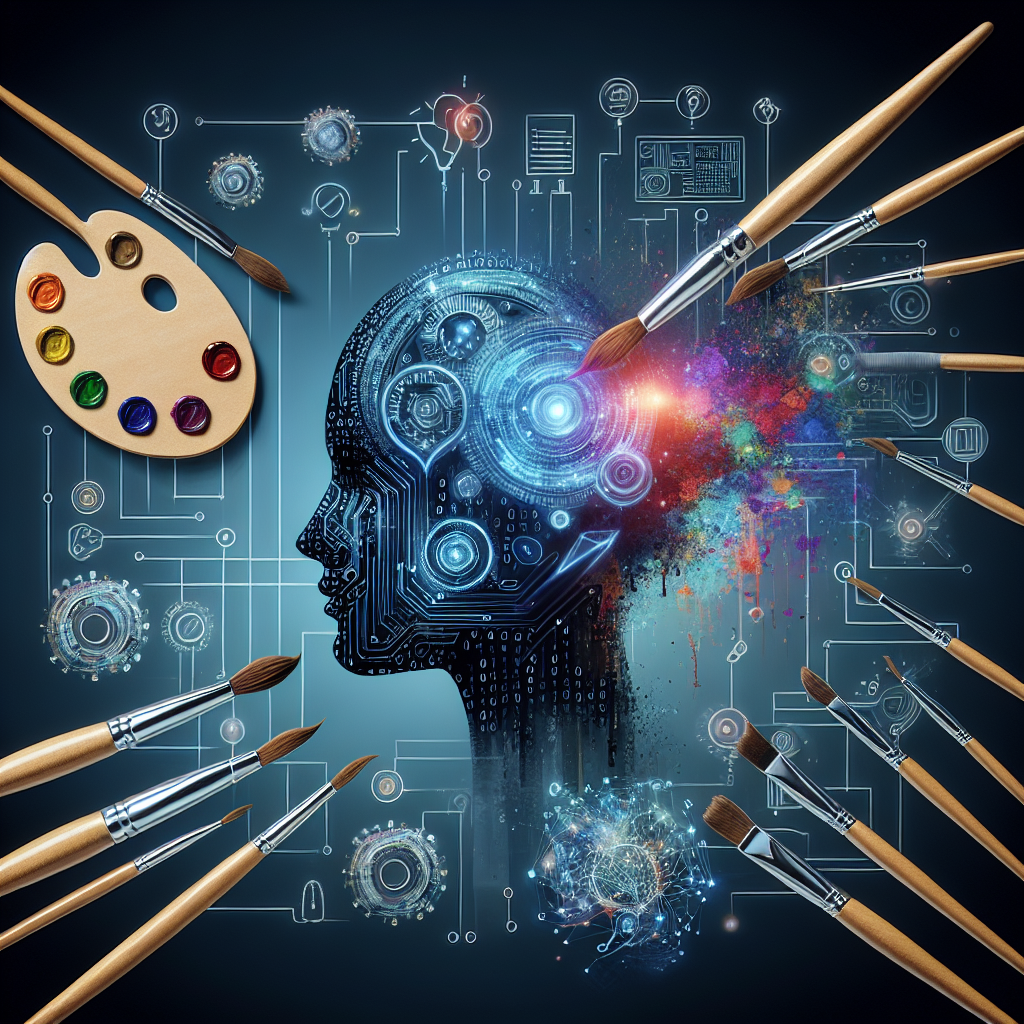
One of the most promising applications of AI art is in the field of therapy. AI-generated art and music have been shown to have a positive impact on mental health, reducing stress and anxiety while improving mood and cognitive function. AI can create personalized art experiences, adapting to the individual’s preferences and emotional state. This can be particularly beneficial for individuals with conditions such as Alzheimer’s disease, where AI-generated art can stimulate memory and cognition. Moreover, AI can assist in the creation of art therapy programs, providing therapists with new tools and approaches to help their patients.
Creating AI Art
Creating AI art involves several steps, from selecting the right algorithm and dataset to refining the output. Here are the basic steps to get started with AI art generation:
- Choose an AI art generation tool or platform, such as Deep Dream Generator or Prisma.
- Select a dataset or style to train the AI, such as a collection of paintings or photographs.
- Adjust the parameters and settings to control the output, such as color palette, texture, and composition.
- Generate the art and refine it based on the desired outcome.
Some key considerations when creating AI art include the quality of the dataset, the complexity of the algorithm, and the level of human input or oversight. High-quality datasets and sophisticated algorithms can produce highly realistic and detailed art, while human input can help guide the creative process and ensure that the output meets the desired standards.
Tools for AI Art Creation
There are numerous tools and platforms available for creating AI art, ranging from user-friendly apps to complex software suites. Some popular options include:
- Adobe Fresco: A drawing and painting app that uses AI to simulate traditional media.
- Prisma: An app that transforms photos into works of art in the style of famous artists.
- Deep Dream Generator: A web-based tool that uses AI to generate surreal and dreamlike images.
These tools offer a range of features and capabilities, from simple image filtering to complex art generation. By exploring these options, artists and creators can discover new ways to express themselves and push the boundaries of what is possible with AI art.
Challenges and Controversies
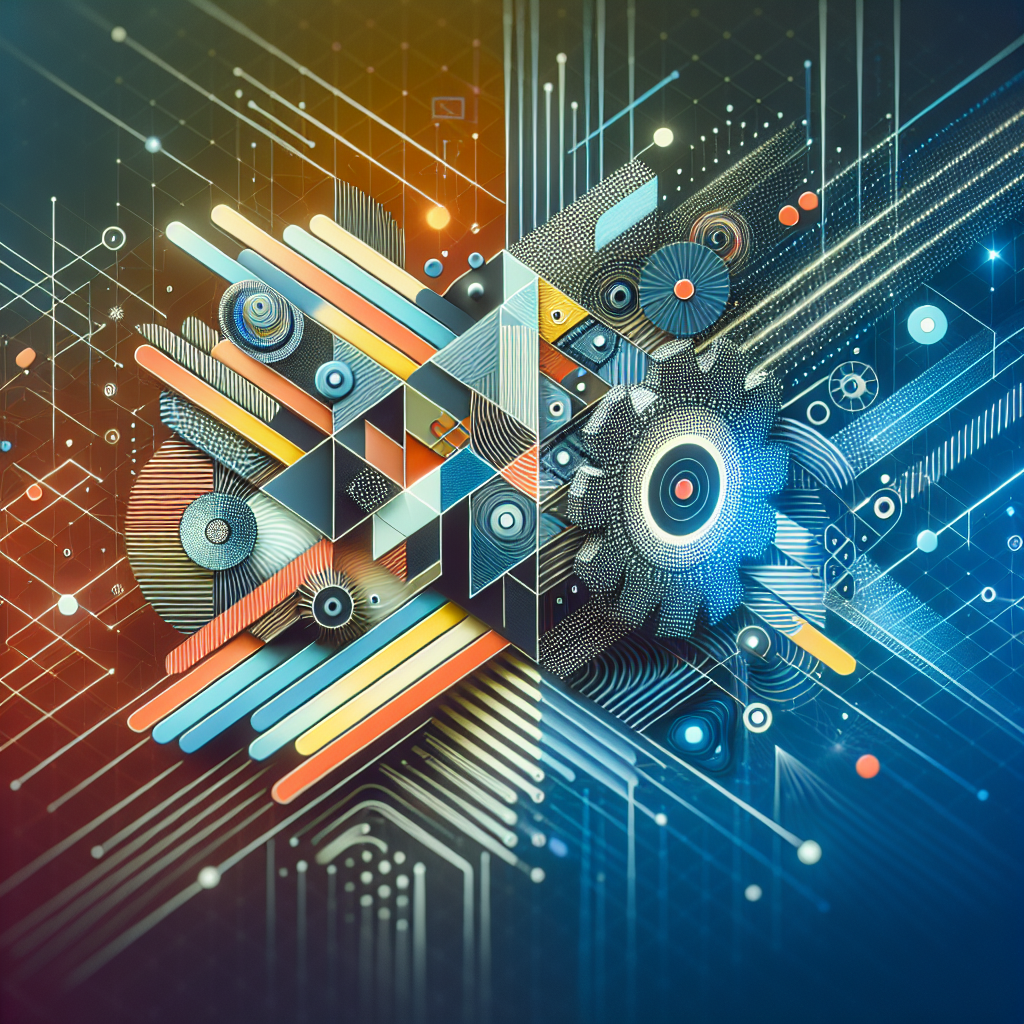
Despite the many benefits and opportunities presented by AI art, there are also challenges and controversies surrounding its use. One of the main concerns is the potential for AI to replace human artists, particularly in fields where AI can generate high-quality art quickly and efficiently. Another issue is the question of authorship and ownership, with some arguing that AI-generated art should be considered a form of collaborative work between humans and machines.
Authorship and Ownership
The question of authorship and ownership in AI art is complex and multifaceted. On one hand, AI algorithms are trained on datasets created by humans, which could imply that the human creators of those datasets have some claim to the output. On the other hand, the AI itself is generating the art, which raises questions about whether the machine should be considered a co-creator or even the sole creator of the work. This debate is ongoing, with different perspectives and legal frameworks emerging to address these issues.
Conclusion
In conclusion, AI art ideas represent a revolutionary step forward in the world of art and creativity. With its ability to generate original pieces, learn from existing styles, and push the boundaries of innovation, AI art is set to transform the way we think about art, design, and entertainment. While there are challenges and controversies surrounding its use, the potential benefits of AI art are undeniable, from enhancing human creativity to providing new tools for therapy and self-expression. As we move forward into this exciting new world, it will be essential to address the ethical, legal, and social implications of AI art, ensuring that its development and application benefit humanity as a whole.
Here is a comparison table highlighting some key differences between traditional art and AI art: table> tr> th>Characteristics
th>Traditional Art
th>AI Art
tr> td>Creation Process
td>Manual, relying on human skill and creativity
td>Algorithmic, using complex software and datasets
tr> td>Style and Originality
td>Dependent on the artist’s vision and technique
td>Can mimic existing styles and generate new ones
tr> td>Applications
td>Primarily for aesthetic or expressive purposes
td>Wide range of applications, including design, entertainment, and therapy
By understanding the differences and similarities between traditional and AI art, we can better appreciate the unique value and potential of each. Whether you are an artist, designer, or simply someone interested in the intersection of technology and creativity, AI art ideas offer a fascinating glimpse into the future of art and innovation.
Important Note: As AI art continues to evolve, it is crucial to consider the ethical implications of its development and use. This includes addressing issues of authorship, ownership, and the potential impact on human artists and creators.
In addition to the points discussed above, here are some key takeaways and future directions for AI art:
- Continued advancement in AI algorithms and datasets will further enhance the quality and versatility of AI art.
- The integration of AI art into various industries, such as education and healthcare, will open up new avenues for innovation and application.
- Ongoing debate and discussion about the ethical, legal, and social implications of AI art will be essential for ensuring its responsible development and use.
As we embark on this exciting journey into the world of AI art ideas, it is clear that the possibilities are endless, and the future is bright. With its potential to inspire, to innovate, and to push the boundaries of human creativity, AI art is set to leave an indelible mark on the world of art and beyond.
